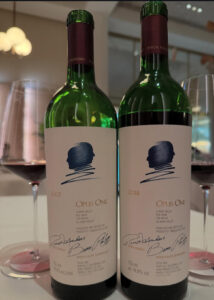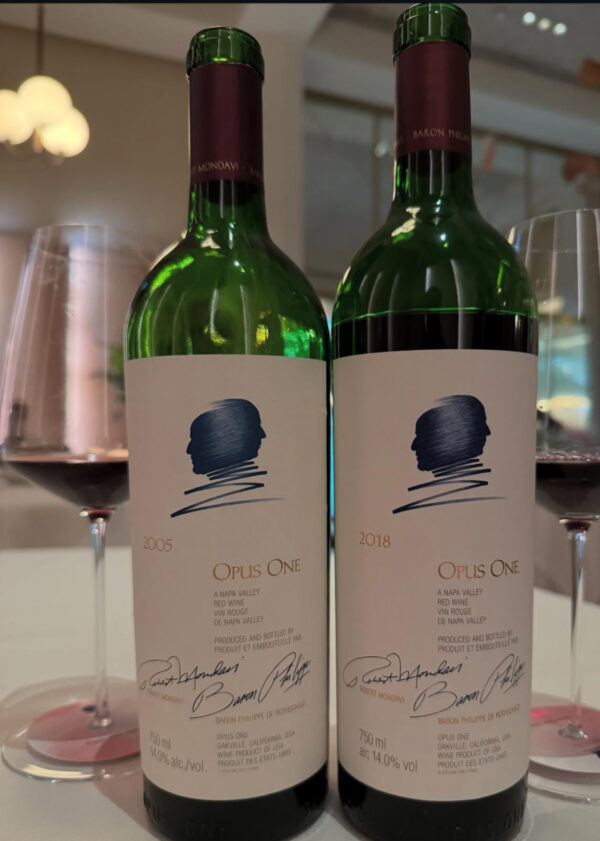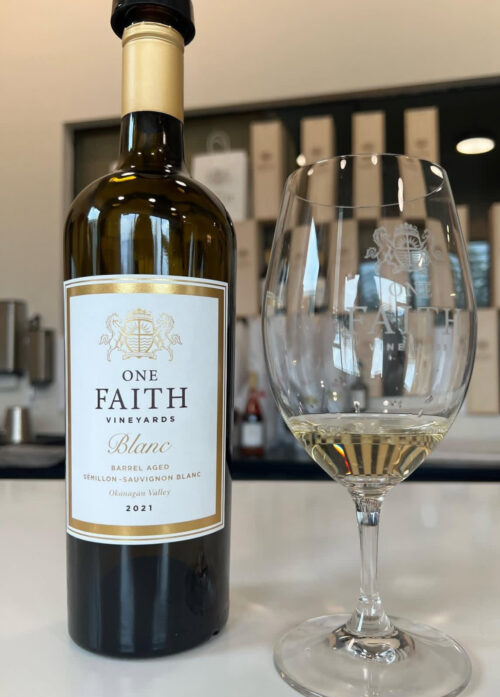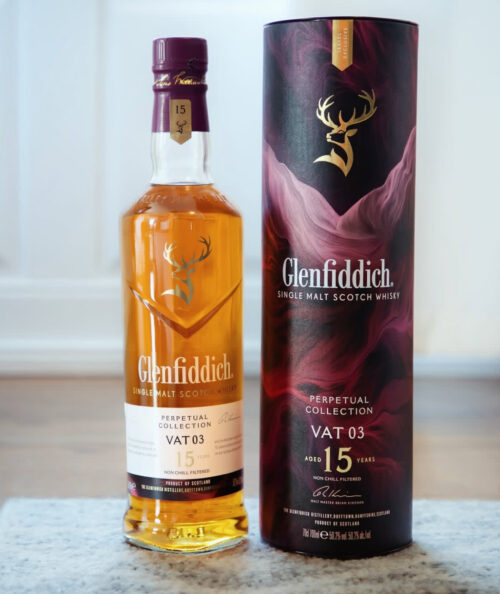Opus One Wine: A Masterpiece of Transatlantic Collaboration
Exploring the Legacy, Craft, and Allure of Napa Valley’s Iconic Blend
Introduction
Opus One is more than a wine; it is a symbol of ambition, artistry, and the harmonious fusion of Old World tradition and New World innovation. Conceived in the 1970s by two titans of the wine world—Robert Mondavi of Napa Valley and Baron Philippe de Rothschild of Bordeaux’s Château Mouton Rothschild—Opus One redefined luxury winemaking. Its debut vintage in 1979 set a new standard for California wine, blending Bordeaux’s elegance with Napa’s boldness. This article delves into Opus One’s history, craftsmanship, and answers the most searched questions about this legendary wine.

1. The Birth of Opus one wine: A Historic Collaboration
The story of Opus One begins with a handshake between Robert Mondavi and Baron Philippe de Rothschild in 1970. Both visionaries sought to create a wine that transcended borders, marrying Bordeaux’s refinement with Napa’s pioneering spirit. Their partnership culminated in the 1979 vintage, released in 1984, and the establishment of a striking winery in Oakville, designed to reflect their shared ethos of balance and innovation. Opus one wine for sale.
-
Key Milestones:
-
1981: Construction of the Opus One winery begins.
-
1984: Debut of the 1979 vintage at $50 per bottle (a premium price at the time).
-
1991: Passing of Baron Philippe; his daughter, Baroness Philippine de Rothschild, continues the legacy.
-
2005: Robert Mondavi’s death marks the end of an era, but Opus One thrives under joint stewardship.
-
The winery’s architecture—a blend of classical European design and Californian modernity—mirrors the wine’s philosophy. Sustainability is central, with solar power, water reclamation, and organic farming practices ensuring environmental stewardship.
2. Terroir and Vineyard: The Heart of Opus one wine
Opus One’s 170-acre estate vineyard in Oakville, Napa Valley, sits on prime gravelly loam soil, ideal for Cabernet Sauvignon. The region’s Mediterranean climate—hot days, cool nights—allows grapes to ripen slowly, preserving acidity and complexity.
-
Vineyard Blocks:
-
60 distinct blocks, each farmed to express unique micro-terroir.
-
Varietals: Primarily Cabernet Sauvignon (80–85%), with Merlot, Cabernet Franc, Petit Verdot, and Malbec.
-
-
Sustainability: Certified by Napa Green for energy efficiency and biodiversity.
3. Winemaking: Precision and Artistry
Opus One’s winemaking marries science with intuition. Each vintage is a meticulous blend, crafted to reflect the year’s character.
-
Process Highlights:
-
Harvest: Hand-picked grapes sorted twice—once in the vineyard, again at the winery.
-
Fermentation: Stainless steel tanks with temperature control to preserve fruit purity.
-
Aging: 18 months in French oak barrels (60–70% new) for structure and subtle spice.
-
Blending: A collaborative tasting panel finalizes the blend, prioritizing balance.
-
-
Production: Limited to 25,000–30,000 cases annually, ensuring exclusivity.
4. Tasting Profile: A Symphony of Flavors
Opus One’s signature style balances power and finesse.
-
Aroma: Blackcurrant, violets, dark chocolate, and cedar.
-
Palate: Layers of ripe plum, cassis, and espresso, framed by velvety tannins.
-
Aging Potential: Best enjoyed after 10–15 years, though younger vintages (e.g., 2016) are approachable. Older bottles (e.g., 1991) reveal truffle, tobacco, and leather notes.
5. People Also Ask: Answering Key Questions
Q1: Why is Opus One so expensive?
-
Scarcity: Only 25,000–30,000 cases produced yearly.
-
Labor-Intensive Process: Hand-harvesting, double sorting, and extended aging.
-
Prestige: A status symbol among collectors; older vintages like 2005 fetch over $2,500 at auction.
Q2: What grapes are used in Opus One?
-
A Bordeaux-inspired blend led by Cabernet Sauvignon (80–85%), with Merlot, Cabernet Franc, Petit Verdot, and Malbec.
Q3: How does Opus One compare to Bordeaux wines?
-
Similarities: Structured tannins, aging potential.
-
Differences: Riper fruit (Napa’s sunshine) vs. Bordeaux’s earthy minerality.
Q4: How should I serve Opus One?
-
Temperature: 60–65°F.
-
Decanting: 1–2 hours for young vintages.
-
Glassware: Bordeaux-style glasses to enhance aromatics.
Q5: What are Opus One’s best vintages?
-
Top picks: 1991, 1997, 2007, 2013, 2015, and 2016 (rated 97+ points).
Q6: Is Opus One a good investment?
-
Yes. Auction records show steady appreciation (e.g., 1991 vintage sold for $5,000 in 2021).
Q7: How many bottles does Opus One produce?
-
~300,000 bottles annually—far fewer than Bordeaux First Growths.
Q8: What food pairs with Opus One?
-
Rich dishes: Ribeye steak, duck confit, wild mushroom risotto, or aged Gouda.
6. Collectibility and Investment Potential
Opus One’s limited supply and global acclaim make it a blue-chip wine. Auction houses like Sotheby’s report strong demand, with prices rising 8–10% annually. The 2016 vintage, praised for its “flawless balance,” is already a collector favorite.
7. Conclusion: The Eternal Legacy of Opus one wine
Opus one wine is a testament to visionary collaboration and relentless pursuit of excellence. It bridges continents, cultures, and generations, offering a sensory journey that evolves with time. Whether enjoyed today or cellared for decades, each bottle encapsulates the spirit of two families who dared to redefine greatness. In a world of fleeting trends, Opus One remains a timeless icon—a liquid ode to ambition, artistry, and the enduring power of partnership.
Final Note
As you uncork a bottle of Opus one wine, you’re not just tasting wine—you’re savoring history. Here’s to the dreamers, the innovators, and the timeless allure of a shared vision. Cheers! 🍷






Reviews
There are no reviews yet.